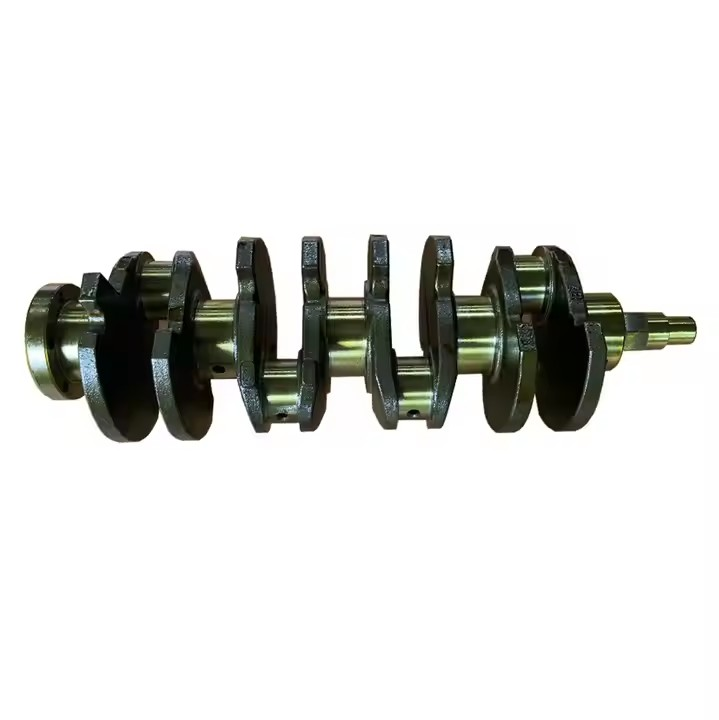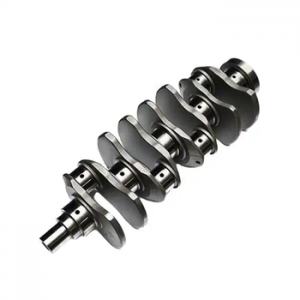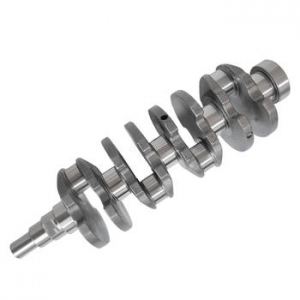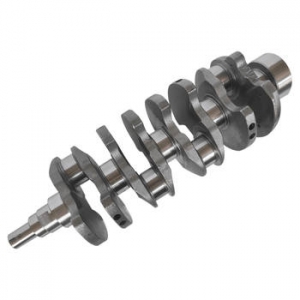Introduction
Crankshaft technology has come a long way in recent years, with new materials and manufacturing processes leading to significant improvements in performance and durability. In this article, we'll take a look at some of the latest developments in crankshaft technology and what they mean for the automotive industry.
Advanced Materials
One of the most significant developments in crankshaft technology has been the use of advanced materials. Traditional crankshafts were made from cast iron or steel, but these materials are heavy and can be prone to wear and tear. Today, many manufacturers are using lightweight materials such as aluminum and titanium to create crankshafts that are stronger, lighter, and more durable.
Aluminum Alloys
Aluminum alloys are becoming increasingly popular in crankshaft manufacturing due to their high strength-to-weight ratio. Aluminum crankshafts can be up to 50% lighter than traditional steel crankshafts, which can lead to significant improvements in fuel efficiency and performance. Additionally, aluminum alloys are highly resistant to wear and corrosion, making them ideal for use in high-performance engines.
Titanium Alloys
Titanium alloys are even lighter than aluminum alloys, making them an attractive option for high-performance engines. Titanium crankshafts can be up to 70% lighter than traditional steel crankshafts, which can lead to significant improvements in engine response and acceleration. However, titanium is more expensive than aluminum, so it is typically used only in high-end applications.
Advanced Manufacturing Processes
In addition to new materials, advanced manufacturing processes are also being used to improve crankshaft technology. These processes include forging, nitriding, and machining, all of which can improve the strength, durability, and performance of crankshafts.
Forging
Forging is a manufacturing process that involves shaping metal using heat and pressure. Forged crankshafts are stronger and more durable than cast crankshafts because the forging process creates a more uniform grain structure in the metal. This can lead to improved fatigue resistance and reduced wear and tear.
Nitriding
Nitriding is a heat treatment process that involves introducing nitrogen into the surface of a metal. Nitrided crankshafts have a harder surface than untreated crankshafts, which can lead to improved wear resistance and reduced friction. This can result in longer engine life and improved performance.
Machining
Machining is the process of removing material from a metal using cutting tools. Precision machining can improve the accuracy and consistency of crankshafts, which can lead to improved engine performance and reduced wear and tear. Additionally, machining can be used to create complex shapes and geometries that would be difficult or impossible to achieve through other manufacturing processes.
Conclusion
The latest developments in crankshaft technology are leading to significant improvements in engine performance and durability. Advanced materials such as aluminum and titanium alloys are making crankshafts lighter and stronger, while advanced manufacturing processes such as forging, nitriding, and machining are improving their accuracy and consistency. As these technologies continue to evolve, we can expect to see even more impressive advancements in the field of crankshaft technology.





